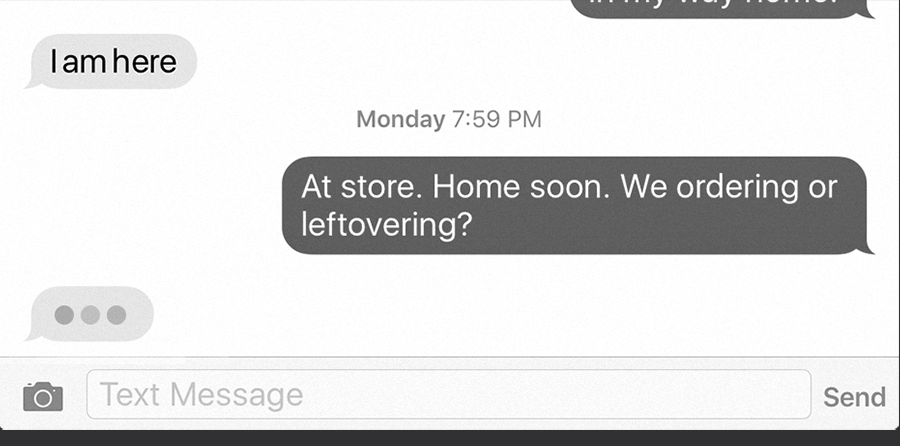Using Silence in Sales Calls

If sales professionals begin a call with a mindset that silence could be a positive sign of engagement (rather than automatically assuming it is negative), they will have their head in the right place to be relaxed and get curious about the client’s needs.
Silence. It is only for a second or two, but I feel my pulse start to speed up.
“What are they thinking?
Do they want to hear more?
Are they paying attention?…I guess I should keep talking …”
Silence can trigger anxiety in the most confident of people when it is coming from a client on the other end of a phone. While face-to-face client conversations are ideal, the reality is that most sales professionals need to connect with clients virtually. Without the benefit of visual cues, it’s hard to identify how a client is reacting to what is being said.
Are they engaged? Turned off? Distracted?
All too often, this uncertainty can lead to anxious behaviors that they might not normally have to manage as much in person. When met with silence, sales professionals often jump to talking more and talking faster. While in some cases, this could enhance the energy of a sales call, it is more likely to be perceived as overbearing, overwhelming or insecure.
Here are some suggestions for how a sales professional can embrace the silence and use it as a tool to enhance their presence.
Silence is Good.
Silence could indicate something other than disengagement. It could signal that a client is interested or thinking about what was said or taking notes or any number of other reasons. If sales professionals begin a call with a mindset that silence could be a positive sign of engagement (rather than automatically assuming it is negative), they will have their head in the right place to be relaxed and get curious about the client’s needs.
Just Ask.
Rather than attempting to interpret the silence, sales professionals should stop to check for understanding more frequently than they might when talking face-to-face. By inserting frequent points in the agenda to pause and explicitly ask for comments and reactions rather than waiting for a question and answer section at the end of the call, a sales professional can manage the engagement of the interaction.
Facilitate a Conversation.
If there are multiple people on the call, they might not know when it is appropriate for them to take a turn to speak, leading to silence as they figure it out. To assist this, address and ask questions directly to specific people by name so that they know who you would like to hear from first.
Pause, Don’t Pressure.
Claim silence as a part of a unique personal communication style. Including a moment for reflection could be a welcome break for a client who needs to consider many factors while they are assessing a product. Silence could mean the difference between a client feeling pressured and feeling in supported to make their own decision.
Make the Most of Your Airtime.
When you are choosing to speak, use the floor wisely. Bring energy to your voice by sitting up straight and taking deep breaths. Stay present by closing down email or turning away from your computer. Monitor your pacing if you are talking to an international audience that may not share your native language or accent. Using these methods will help to communicate more content in a concise and clear manner.
In the virtual realm, it’s up to the sales professional to assess and create client engagement using a more limited communication medium. The strategic use of silence is a powerful signal of virtual presence that a sales professional can use to distinguish their own unique style.
Have members of your sales team ever used silence to enhance their sales presence? Share your experience with us!

